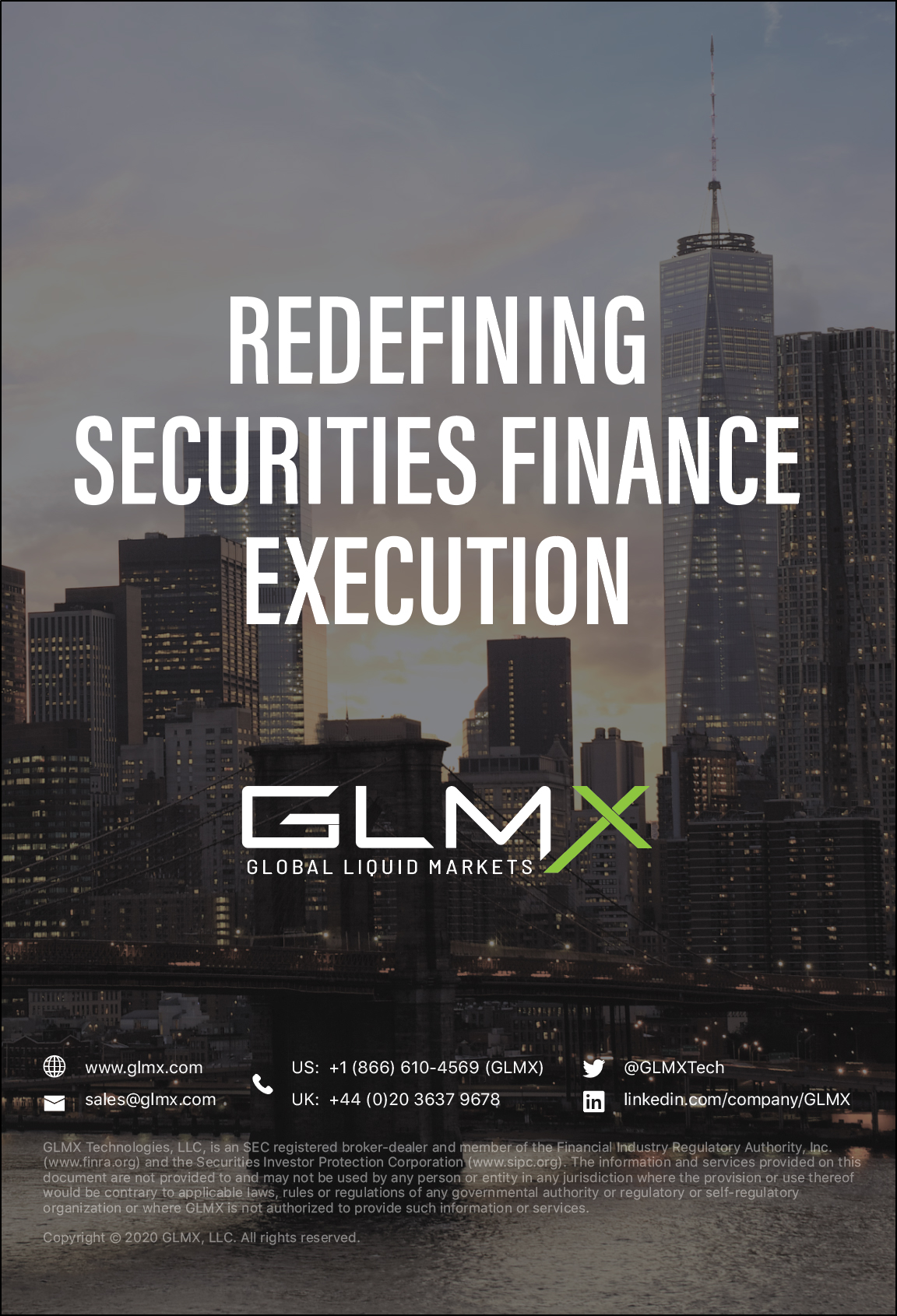Costs affecting IRS clearing decision, says TABB
05 February 2016 New York
 Image: Shutterstock
Image: Shutterstock
Costs are playing a major role in where buy-side firms are choosing to clear their interest rate swaps, according to a new report.
TABB Group’s report, Global Clearing: Navigating Liquidity and Pricing Pools, reviews the shifts that major clearinghouses are seeing in market share and how cost analysis on clearing has become a major factor.
Author Radi Khasawneh found that many asset management firms in the US and Europe are attempting to retain banks as intermediaries for large trading flows by voluntarily clearing many derivatives, particularly interest rate swaps.
According to TABB, the majority of interest rate swaps are now centrally cleared in the US market with Depository Trust & Clearing Corporation data showing a year-on-year 10-percentage point increase between November 2014 and 2015.
Asset managers and hedge funds understand that trading choices will have a recognised impact on the back end, according to Khasawneh, with clearing choices also making a difference for these firms in terms of their priority status for dealer intermediaries.
The regional phasing-in process for derivatives clearing reform under the European Market Infrastructure Regulation has given firms the ability to analyse and act on data gathered from changes in trading behaviour as each region finalises its approach.
As this process comes to an end, global dealers and buy-side traders are now faced with choosing the best way to react and position themselves in a largely cleared, but more fragmented market, according to Khasawneh.
“Regional fragmentation, particularly in the US and euro-denominated interest rate swaps, has helped clearing clients get clearing and compliance certainty thus far. They have paid for that certainty by actively restricting their clearing and counterparty choices geographically,” commented Khasawneh.
“A reversal of this trend may emerge if the expected regulatory harmonisation between the US and Europe spurs cross-regional differentiation.”
TABB Group’s report, Global Clearing: Navigating Liquidity and Pricing Pools, reviews the shifts that major clearinghouses are seeing in market share and how cost analysis on clearing has become a major factor.
Author Radi Khasawneh found that many asset management firms in the US and Europe are attempting to retain banks as intermediaries for large trading flows by voluntarily clearing many derivatives, particularly interest rate swaps.
According to TABB, the majority of interest rate swaps are now centrally cleared in the US market with Depository Trust & Clearing Corporation data showing a year-on-year 10-percentage point increase between November 2014 and 2015.
Asset managers and hedge funds understand that trading choices will have a recognised impact on the back end, according to Khasawneh, with clearing choices also making a difference for these firms in terms of their priority status for dealer intermediaries.
The regional phasing-in process for derivatives clearing reform under the European Market Infrastructure Regulation has given firms the ability to analyse and act on data gathered from changes in trading behaviour as each region finalises its approach.
As this process comes to an end, global dealers and buy-side traders are now faced with choosing the best way to react and position themselves in a largely cleared, but more fragmented market, according to Khasawneh.
“Regional fragmentation, particularly in the US and euro-denominated interest rate swaps, has helped clearing clients get clearing and compliance certainty thus far. They have paid for that certainty by actively restricting their clearing and counterparty choices geographically,” commented Khasawneh.
“A reversal of this trend may emerge if the expected regulatory harmonisation between the US and Europe spurs cross-regional differentiation.”
NO FEE, NO RISK
100% ON RETURNS If you invest in only one securities finance news source this year, make sure it is your free subscription to Securities Finance Times
100% ON RETURNS If you invest in only one securities finance news source this year, make sure it is your free subscription to Securities Finance Times



